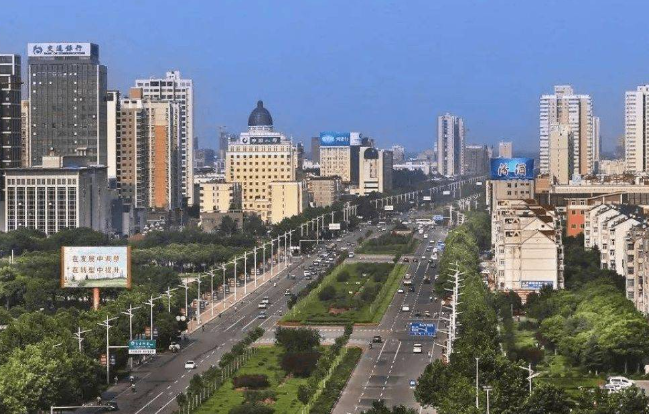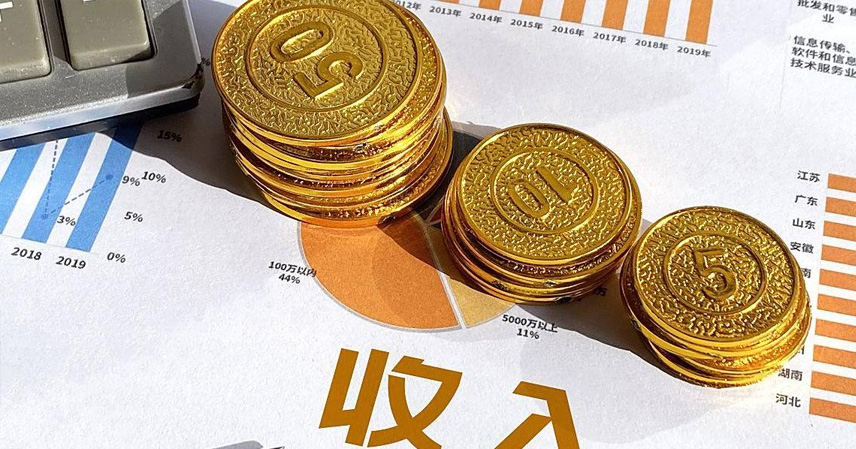If someone told you that China’s middle-income population has now exceeded 400 million people, roughly one-third of the nation’s total, you might suddenly wonder: Am I already part of this group?
Becoming “high-income” may still seem out of reach, but stepping into the “middle-income” bracket feels a little closer—perhaps just within reach if you stretch a bit harder. But the real question is: how much income does it actually take to qualify as middle class in China?
What Counts as Middle-Income in China?
The answer depends heavily on where you live.
- In Beijing, being considered middle class might require an annual household income of ¥200,000–400,000 ($28,000–56,000), along with owning a home and a car, and perhaps an overseas trip each year.
- In a third- or fourth-tier city, however, the bar is much lower—around ¥100,000–150,000 ($14,000–21,000) per year per household, plus property ownership, would already qualify.

The National Bureau of Statistics once grouped Chinese incomes into five categories. By that definition, the median disposable monthly income for the “middle-income group” was around ¥2,550. But this statistical category is different from what people usually mean by “middle class.”
A more widely used standard comes from the 2020 Social Blue Book, which defines middle-income households as those earning between ¥100,000–500,000 ($14,000–70,000) annually. For a family of three, this translates to roughly ¥3,000 per person per month. But for a single individual supporting a household, the threshold is higher—about ¥8,500 per month.
By this definition, China’s middle-income population has already exceeded 400 million people.
Why Many Don’t Feel “Middle Class”
If your monthly salary has long surpassed ¥3,000, why don’t you feel like your lifestyle is comfortable?
The answer lies in expenses, not just income.
- In smaller cities, where housing costs are low, ¥3,000 a month can indeed allow a decent life.
- In first-tier cities, however, rent alone can eat up half your salary, leaving little for food, transportation, and emergencies.

This gap between statistical definitions and lived reality explains why many people technically qualify as middle income but don’t feel middle class.
Education, healthcare, and elder care—the so-called “three big mountains”—are also major burdens. Even if people reach the income threshold, these expenses often keep them from feeling financially secure.
Another factor is social comparison. With higher education widely accessible, many young graduates enter the workforce with high qualifications but modest entry-level salaries. While they may eventually move upward, in the early years they often don’t feel like they belong to the “middle-income” bracket, despite technically qualifying.
The Role of the Middle-Income Group
Sociologists often describe the ideal social structure as an “olive-shaped society”—large in the middle and smaller at the extremes. The middle-income group is the stabilizing force of such a society.
- They have steady jobs and spending power, driving domestic consumption and economic growth.
- Unlike the wealthy who often focus on investment, or the poor who lack purchasing power, the middle class is the engine of internal demand.
- They are also generally more educated, legally aware, and inclined to maintain social stability.
That’s why China has emphasized expanding the middle-income population in recent years—through tax reforms, education, industrial upgrades, and discussions of property or capital gains taxes aimed at easing the burden on middle earners.
Currently, experts say China’s income structure resembles more of a “dumbbell shape”—large at both ends, small in the middle—rather than the ideal olive shape. This explains why policy continues to push for income distribution reform and social safety nets.

Conclusion
China’s middle-income group now numbers more than 400 million people, reflecting enormous progress in national development. Yet income alone is not the only measure of life quality.
- Some people with ¥3,000 a month in small cities live comfortably.
- Others earning ¥200,000 annually in major cities still feel overwhelmed.
Ultimately, whether you feel “middle class” depends not only on your income but also on cost of living, social expectations, and personal security. Rather than obsessing over labels, it may be more important to focus on society’s overall trend toward improvement, and how policies are being shaped to expand stability and opportunity for more people.
References
- People’s Daily: Standards for Middle-Income Groups Need Clear Definition (2016)
- Red Star News: Monthly Salary of ¥3,000 Considered Middle Income? (2023)
- China Development and Reform: China’s Online Consumption Brand Index at 2025 Trade Fair
- QingTong Report: Launch of the Global Online Consumer Brand Index (2025)



